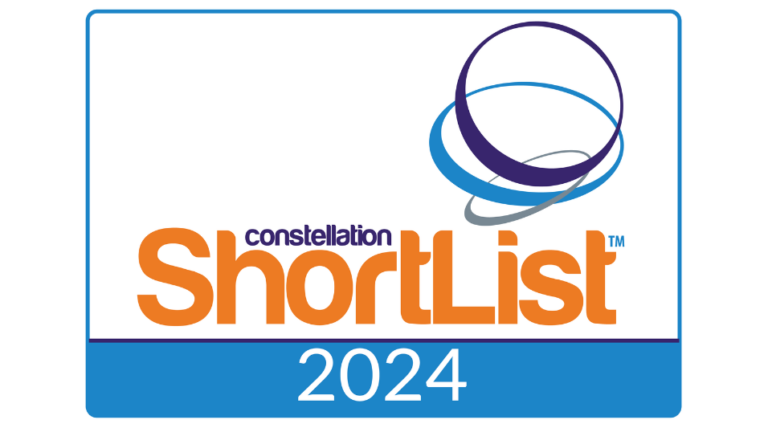High-Risk Readmissions Communications
Closely monitor vulnerable patients over a longer length of time and prevent costly hospital readmissions
Avoid fees for high readmission rates and maximize VBC reimbursement by enrolling your high-risk patients in programs specific to their condition.
Increase monetary
benefit
Reduce hospital readmissions and increase cost savings for your health system by monitoring patients with chronic conditions such as CHF, COPD, OB, and Pneumonia. Improve clinical outcomes through personalized follow-up for a 30-90 day period.
Drive patient
engagement
Implement clinical best practice, condition-specific scripts to engage your patients and their families, providing them with the tailored support they need to optimally recover at home after their hospital discharge.
Provide real-time
support
Help patients who are most at-risk for readmission during the critical transition from hospital to home by leveraging the agility of digital tools. Ensure timely follow-up and care coordination should their condition deteriorate and provide them with personalized care.
Streamline staff
workflow
Prioritize automated alerts from patients that require manual intervention, allowing staff to focus their efforts on those who have identified an issue. Ensure real-time support and reduce readmission risk through customized, remote care.
Prevent unnecessary readmissions of your most vulnerable patients
High-Risk Readmissions Reduction
Facilitate long term, customized health plans and maintenance for COPD, CHF, Pneumonia and other chronic conditions through multi-call engagement with patients over 4-6 weeks. Leverage the agility of digital tools to monitor patients at home, identify adverse health events, provide condition-specific support and reduce hospital readmissions.

Bundled Payment Programs
Monitor bundled payment patients during an episode of care. Tied to BPCI measures, these programs support health systems with issue identification related to patient health status and follow-up appointments, help reduce your hospital readmission rate, shorten the average length of stay, and lower utilization rates.








